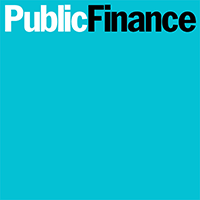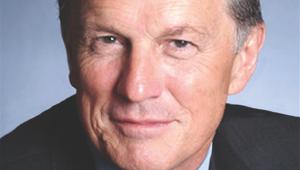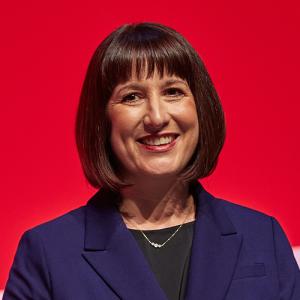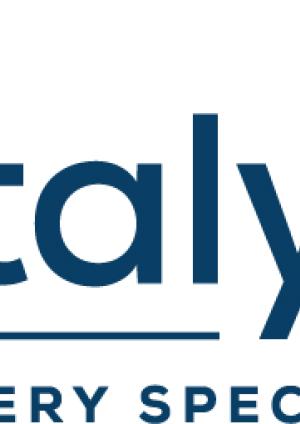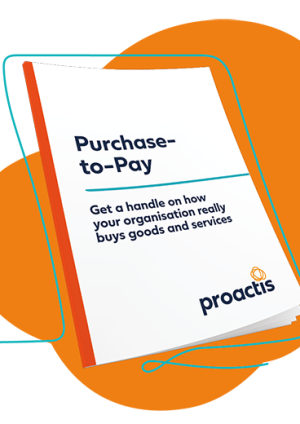Councils in local economic partnerships or districts and counties will be able to pool business rate incomes to support growth in the wider economic areas and reduce any potential volatility.
The Department for Communities and Local Government also confirmed there will be no change to the level of business rates or the way in which they are collected. Charities, voluntary groups and small businesses will continue to get the same reliefs from government.
Central government will also retain a ‘reset button’ allowing it to adjust top ups and tariffs to respond to changes in local circumstances and ensure stability.
Communities Secretary Eric Pickles said: ‘Councils deserve to see their business rate income repatriated in a balanced, fair and equitable way. Our changes will mean they can strive for self‑sufficiency and have their own means to support local jobs, growth and protect the most vulnerable places.’
Pickles hailed the new system as transparent and said the technical papers showed councils the potential impact of the new scheme and how they would benefit.
He added: ‘The top up and tariff measures will safeguard those places that have relied on government grant by making sure those areas with more business rate income than they need share a slice of that income.
‘Every areas will be rewarded for supporting local firms and growth. This is what councils want and precisely what we mean by localism.’
The technical papers consider: how the baseline can be established; how business rates will be calculated; funding arrangements for non‑billing authorities; how the business rate retention scheme will operate; tariff, top up and levy options; how income volatility can be handled; how revaluation and transitional arrangements might work; and how communities hosting renewable energy projects will be able to keep business rate income.
An interactive calculator has also been made available to enable councils to estimate the main variables in their areas and see how different iterations of the scheme would impact on them.
Responses are sought by October 24.
